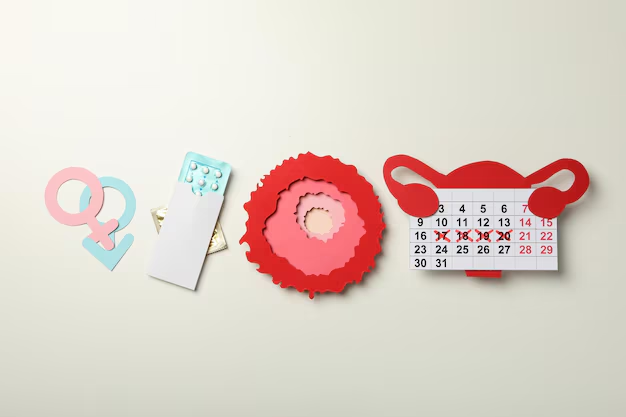Over-the-counter pain relief: what's safe

Periods are a natural part of life for those who menstruate, but that doesn't make them any easier to deal with especially when cramps, backaches, and headaches kick in. For many, over-the-counter (OTC) pain relievers are a go-to solution. But with so many options on pharmacy shelves, how do you know what’s safe and effective for managing menstrual pain?
This article will guide you through commonly used OTC medications, their safety, and how to use them wisely.
Understanding Period Pain
Before we dive into the options, it helps to know what causes that monthly discomfort. Period pain also known as dysmenorrhea is usually due to the contraction of the uterus, which sheds its lining during menstruation. These contractions are triggered by hormone-like substances called prostaglandins. The higher the prostaglandin levels, the more intense the cramps.
Top OTC Pain Relief Options for Menstrual Cramps
1. Ibuprofen (Advil, Motrin)
-
Type: Nonsteroidal anti-inflammatory drug (NSAID)
-
How it works: Reduces prostaglandin production, lowering inflammation and pain.
-
Typical dose: 200–400 mg every 4–6 hours (do not exceed 1,200 mg/day without doctor’s advice).
-
Best for: Moderate to severe cramps.
-
Safe? Yes, when taken as directed. Long-term overuse can affect the stomach lining or kidneys.
2. Naproxen (Aleve)
-
Type: NSAID
-
How it works: Similar to ibuprofen but lasts longer.
-
Typical dose: 220 mg every 8–12 hours.
-
Best for: Persistent, longer-lasting pain.
-
Safe? Yes, but like ibuprofen, can irritate the stomach if used frequently or on an empty stomach.
3. Acetaminophen (Paracetamol, Tylenol)
-
Type: Pain reliever and fever reducer
-
How it works: Alters the way the brain perceives pain.
-
Typical dose: 500–1000 mg every 4–6 hours (do not exceed 3,000 mg/day).
-
Best for: Mild to moderate cramps, or for those who can’t tolerate NSAIDs.
-
Safe? Generally very safe, but high doses can cause liver damage especially if combined with alcohol.
Safety Tips When Using OTC Pain Relief
-
Follow dosage instructions: Always read labels carefully and stick to the recommended dosage.
-
Take with food: NSAIDs can irritate the stomach; take them with a snack or meal.
-
Avoid mixing medications: Don’t mix NSAIDs with other painkillers unless advised by a doctor.
-
Stay hydrated: Some pain meds can be tough on the kidneys, so drink plenty of water.
-
Know your health history: If you have ulcers, liver problems, or kidney issues, consult a doctor before using any pain relievers.
When to See a Doctor
While OTC painkillers work well for many, they’re not a cure-all. If your period pain is:
-
Severe and unrelieved by medication,
-
Accompanied by heavy bleeding or large clots,
-
Affecting your daily life,
…it’s time to check in with a healthcare provider. Conditions like endometriosis, fibroids, or pelvic inflammatory disease could be contributing factors.
Natural Alternatives to Complement OTC Meds
Pain relievers are effective, but combining them with natural self-care techniques can provide even more relief. Consider:
-
Heating pads on your lower abdomen or back
-
Gentle yoga or stretching
-
Herbal teas like chamomile or ginger
-
Epsom salt baths
Final Thoughts
Over-the-counter pain relief is a safe and effective way to manage period pain when used correctly. Understanding the options, knowing what your body can tolerate, and not exceeding recommended doses are key to finding comfort during your cycle.
Everyone’s body is different. What works for one person may not work for another. Listen to your body, and don’t hesitate to seek professional advice if your pain feels unmanageable.
Take care of your body. It’s the only place you have to live even on the painful days. 🌸
Related Articles

How hormones affect mood

Being okay with saying no

Cleaning up before and after

Step-by-Step Approach to Boosting Fertility and Getting Pregnant

Organizing baby clothes

Warning signs to watch out for

How Your Menstrual Cycle Changes with Age

When to consult a nutritionist